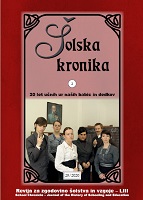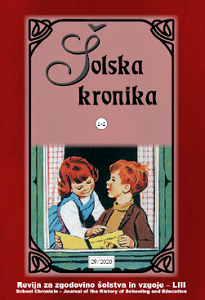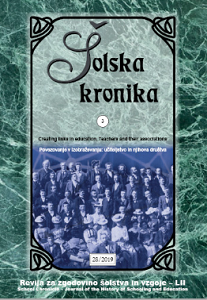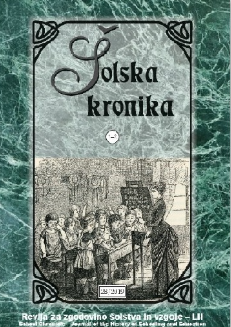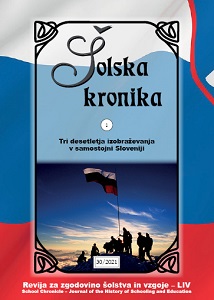
Z izkušnjami preteklosti naproti znanju prihodnosti
Znanje, izobraževanje in z njima povezani procesi so temeljni gradniki majhnega naroda. Slovenski ni nobena izjema. Nasprotno, skozi zgodovino smo pokazali, da smo lahko prav z znanjem enakovredno konkurenčni komurkoli, kjerkoli in kadarkoli. Sistem vzgoje in izobraževanja na Slovenskem je v svoji skoraj petstoletni zgodovini prehodil zahtevno, a odločno pot za svoj obstanek in vsakokratno modernizacijo. Nanj so vedno vplivale zgodovinske razmere tedaj aktualnega razvoja, ki so si jih na podlagi svojih videnj in potreb po še boljšem jutri postavljali ljudje sami. Podobno kot je začetna zgodovinska ideja po vzpostavitvi slovenskega šolstva sovpadala s časom boja proti tedaj neozdravljivi epidemiji kuge, tudi sedanji čas boja proti epidemiji covida-19 vstopa v trenutku, ko se odvijajo temeljni premisleki o nadaljnjem razvoju sistema vzgoje in izobraževanja po celem svetu, vključno pri nas.
More...
